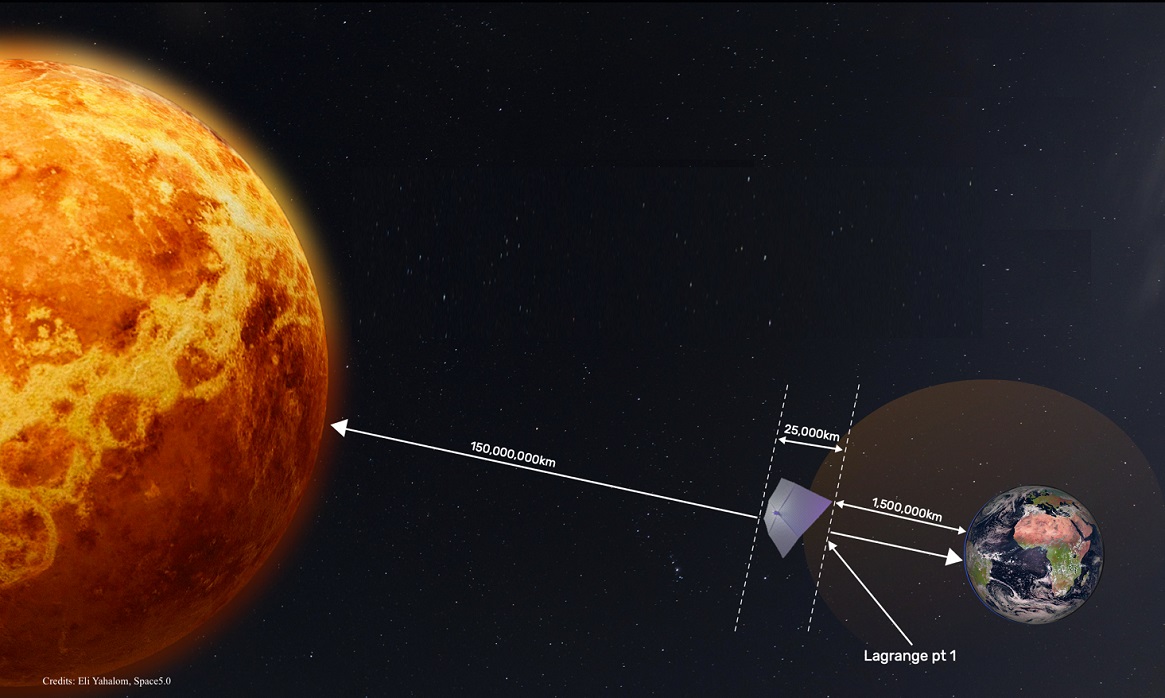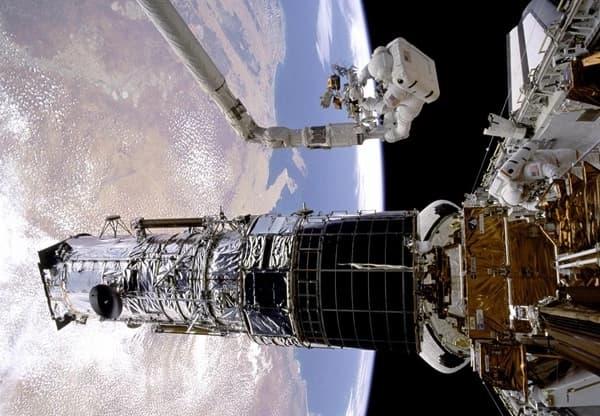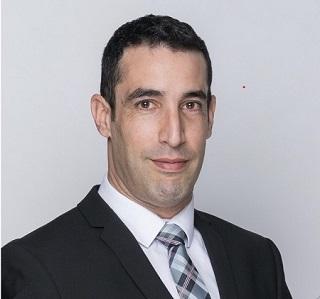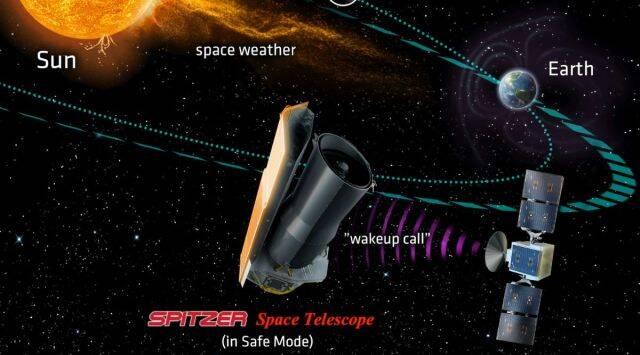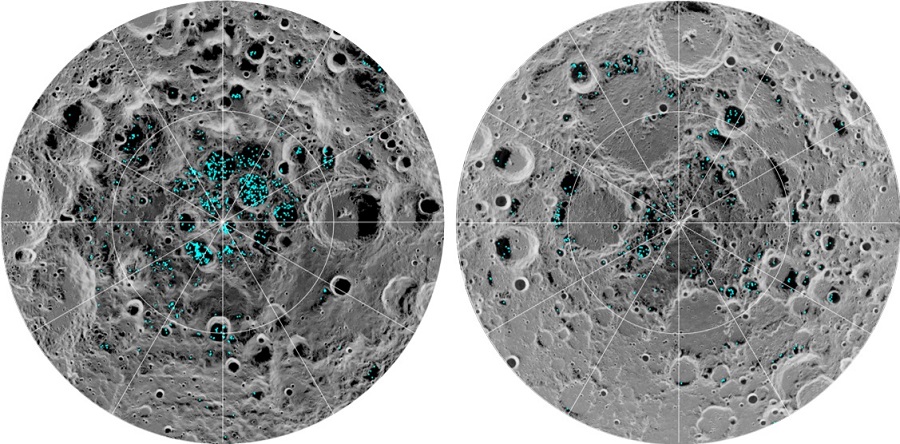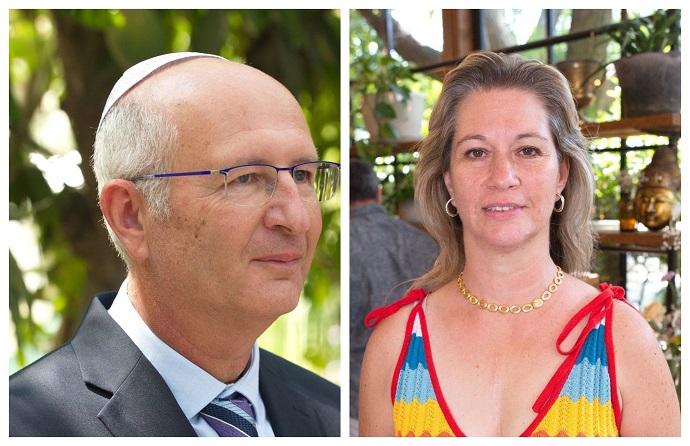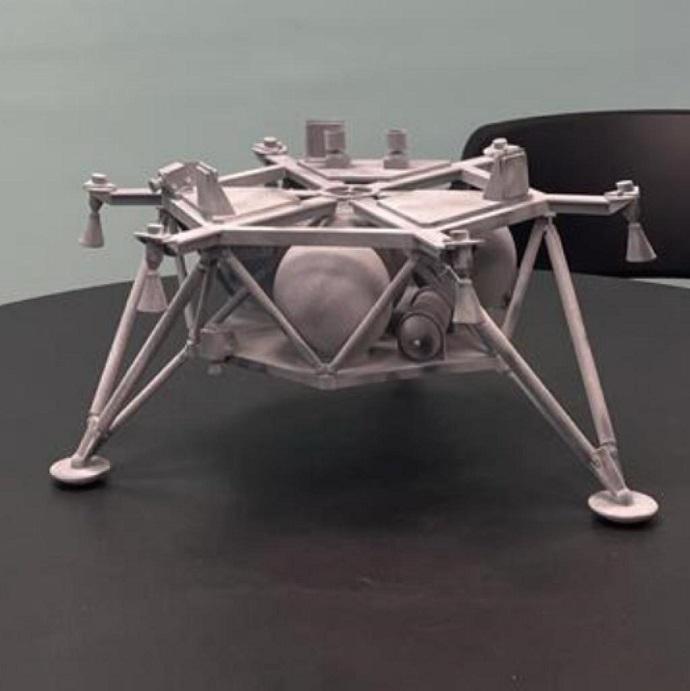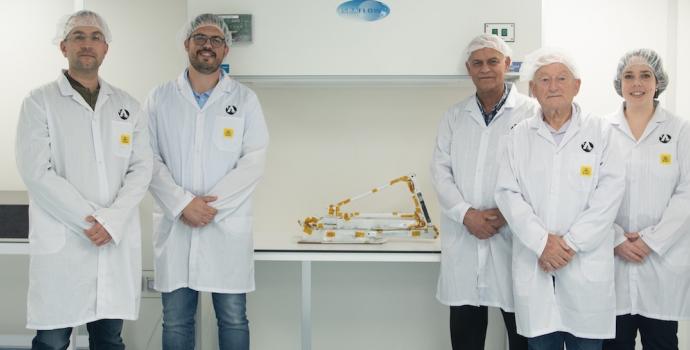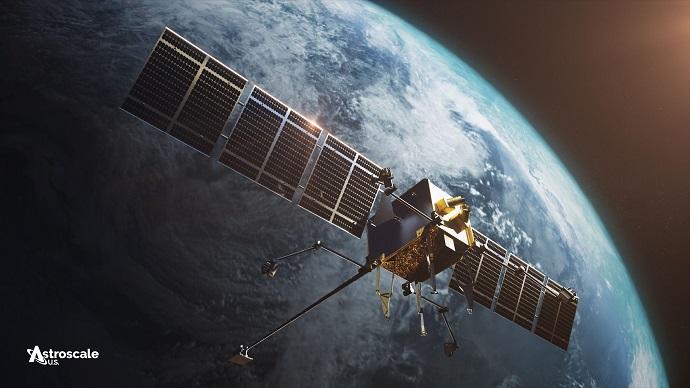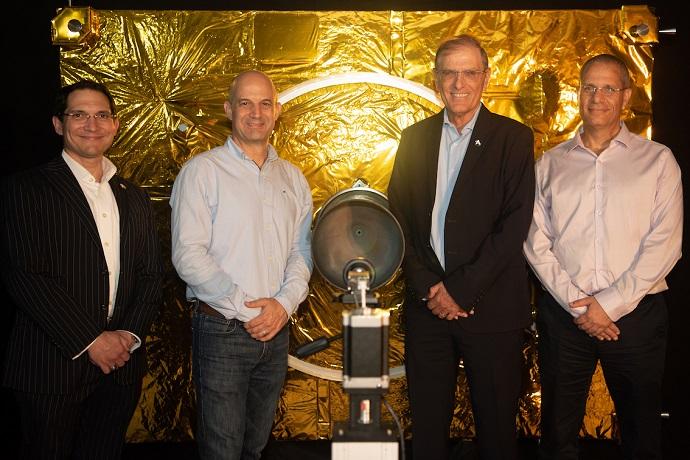Researchers from the Asher Space Research Institute at the Technion, in collaboration with the National Space and Science Center in the United Arab Emirates and ImageSat International (ISI), intend to launch a satellite to the first Lagrange point (L1) at a distance of about 1.5 million kilometers, by the end of the decade. The object of this project, which is called CoolEarth, is to demonstrate, for the first time, the feasibility of the technologies for cancelling the effects of global warming by positioning a shade in space, which will block part of the sun’s radiation that falls on planet Earth.
"We have to separate the global solution, which is a huge project on any scale, from our technological demonstration," explains Prof. Yoram Rosen, head of the Asher Space Research Institute at the Technion. "We plan to launch a nanosatellite, weighing up to five kilograms, that will spread out a five-square-meter canopy, which is one tiny umbrella in the storm of energy that the Earth receives from the sun, and the shadow that our project will cast on the Earth will not be measurable at all. The goal of the project is not to cool the planet, but to show that we have the technology to cool the planet if and when we need to do so. Our design will be able to be taken and multiplied by the size of the canopy or the number of canopies to be positioned, according to the results we get from the experiment."
A canopy the size of Algeria
In order to cool the planet, greenhouse gas emissions must be reduced, especially those released when coal, oil and natural gas are burned. In practice, that is not happening. The average temperature of the planet has already risen by a whole degree since the measurements began, and it is expected to complete a warming of 1.5 degrees in our lifetime – a threshold that climate scientists have indicated will lead to extreme climatic events.
Since decision-makers are dragging their feet in dealing with the crisis, scientists have proposed several plans for climate engineering – such as planting sulfur particles in the stratosphere that will reflect some of the sunlight back into space. But what if the experiment fails? What if the sulfur particles create a new and unexpected problem? That's how the apocalypse movies begin. On the other hand, there is one non-invasive climate engineering solution, that is, one that does not endanger the climate: Placing an object at the Lagrange 1 point between the Earth and the sun, which will disperse the sun's rays and cool the world without playing with the chemical composition of the air or soil. The idea was first proposed by James T. Early in 1989, in a study published in the Journal of the British Interplanetary Society.
"According to the accepted calculations," explains Prof. Rosen, "you have to reduce 2% of the sun's radiation in order to lower it by 1.5 degrees – which is what we need at the moment. And it's immediate! In other words, in a very short time, shading will lower the average air temperatures, and by one year later, the temperature of the oceans will also drop."
The enormous problem with this idea is both engineering and economic. "In order to reduce 2% of the sun's radiation, you need to place a canopy the size of Algeria – 2.5 million square kilometers," says Prof. Rosen, "and the most optimistic calculations of the canopy itself speak of a gram per square meter, i.e., tons per square kilometer – and 2.5 million tons of cargo to L1."
In order to remove any doubt, at the time of writing, there is no technical possibility of a project launching a canopy the size of Algeria. But, according to Prof. Rosen, there is no need to launch a single, huge canopy; one can launch a large number of small canopies that fit into the existing launchers. While this solution will also be very expensive, and will require significant international mobilization, it is not science fiction, especially if the climate crisis reaches an extreme point which will require a solution with a relatively high response speed. “The biggest advantage of climate engineering in space rather than on Earth is that it is “on – off”, says Prof. Rosen. “At the end of the mission, after the Earth cools down or another solution is found, it will be possible to simply let go and allow the flock of canopies to fall into the sun, little by little, so as not to boost the temperature all at once and without changing anything in the world”.
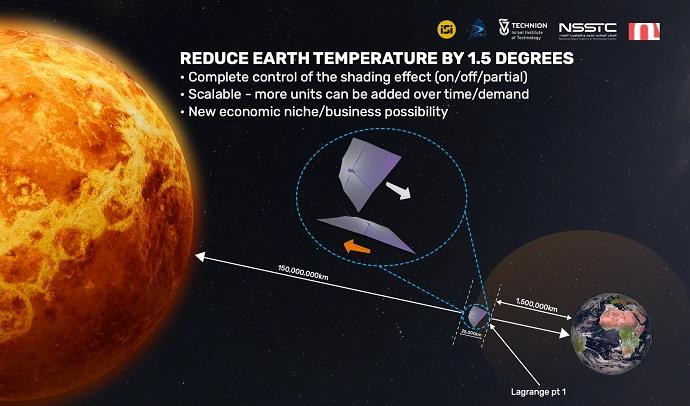
The challenge: not to turn the canopy into a solar sailing vessel – and to be swept away by the flow
In order to prove its feasibility, the CoolEarth project will have to deal with some difficult technological challenges. "The Lagrange 1 point is a point where there is an equilibrium between the gravitational forces of the Earth and the Sun," says Prof. Rosen. "This point is unique in that a body that will be found in it, will orbit the sun together with the Earth and will always be between the Earth and the sun, and thus it will be able to cast a shadow on the earth. But at this point, the equilibrium is unstable. If we try to stand a pencil on its tip, it is clear that there is an equilibrium point – but we will never reach it. We will always have to invest some energy in order to move the pencil a little to the left or right so that it does not fall over. Similarly, in order to maintain a body at L1, you need a propulsion system that pushes it left and right. But a canopy placed at L1 will require a propulsion system to stay on track."
In addition to the problem of stability, the sun's radiation also exerts a force on the canopy. Although photons have no mass, they do have momentum, and a canopy placed at L1 to block the photons will become a kind of solar sailing vessel: the flux of photons will wash it away as well – and it will drift to Earth.
"In fact, we have to redo the calculation and add the radiation pressure to the two gravitational forces– and so we get a new equilibrium point, which we will call L1+, which is a little closer to the sun than L1. It, like L1, is also unstable. You need a propulsion system to leave an object in L1+. The problem is that a propulsion system is always a complex and cumbersome engineering solution, which opens the door to technical glitches – not to mention the extra weight of the spacecraft. Our solution is a physical solution instead of a technological one: to fall between L1 and L1+ and so on. Like a Venetian blind, we will play with the light flux to move back and forth. Now towards L1 and now towards L1+. According to our calculations, and for the dimensions of our system, the distance between L1 and L1+ is 25,000 km, which gives us 75 days of drifting with the radiation to rotate the nanosatellite to the starting point – and back again. In fact, we are currently conducting experiments with electromagnetic deployment so that we don't even need the skeleton of the canopy – which may not open properly – but rather charge the canopy electrically, so that the electric charge will hold it open without the need for a skeleton. In other words, a physical solution that will provide a solution to the mechanical challenge."
According to the researchers, the Cool Earth technological demonstrator will be launched to L1 during the current decade, but what next? Prof. Rosen believes that if we have to save humanity from itself, such shading could be the solution.
"The person who attracted me to the idea was the entrepreneur Eli Yahalom, who created a very impressive brainstorming team. The ideas proposed there were not feasible, but the team made me want to save the world with the help of physics. Our technological demonstrator takes an old solution that was proposed – and tries to make it more precise so that it will be a feasible solution”.

